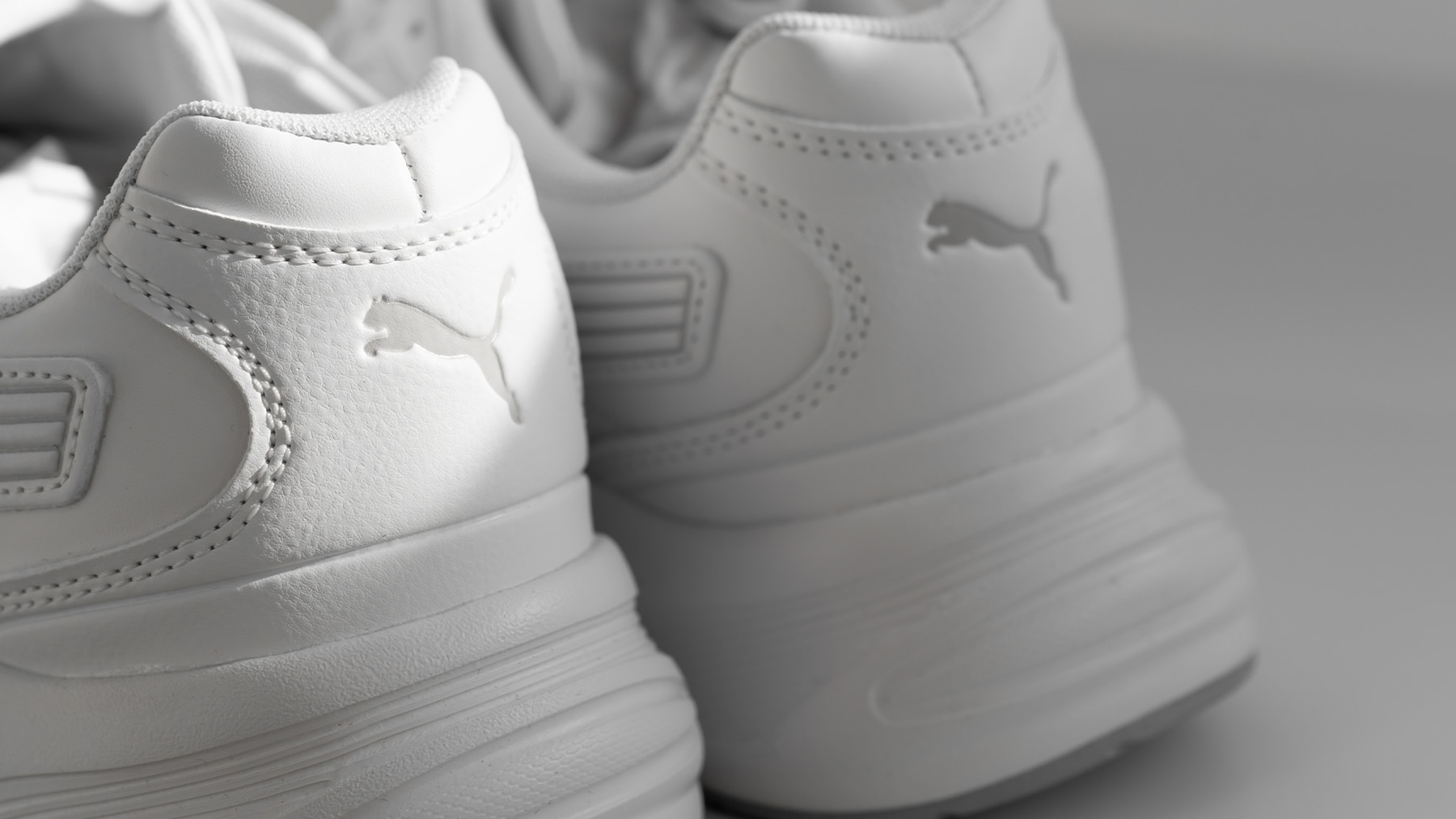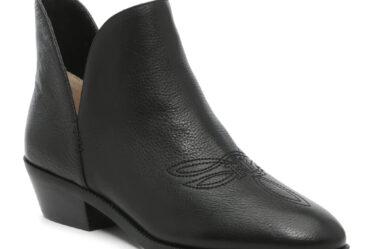
German sportswear maker Puma on Wednesday said it expected second-quarter sales to grow at a low- to mid-single-digit percentage rate, below its full-year target, due to high inventory levels and ongoing challenges in the market.
The company said it expected its profit and margins to be under more pressure in the first half of 2023 than in the second half. It added currency effects, promotional activity and raw material prices would keep weighing on profitability through the year.
Like other consumer brands and retailers, including rivals Adidas and Nike, Puma has focused on getting rid of excess inventory amid slowing demand, which have put pressure on margins in the sporting goods sector.
Puma’s revenue rose to €2.19 billion ($2.41 billion) in the first quarter from €1.91 billion in 2022, ahead of the €2.15 billion expected by analysts, according to Refinitiv Eikon data.
The company said strong growth globally, including Greater China, helped it offset a weaker performance in the over-inventoried US market.
Puma confirmed its full-year outlook for currency adjusted revenue growth in high single digits, and an operating profit of between €590 million and €670 million.
By Linda Pasquini and Elizaveta Gladun; Editor: Milla Nissi
Learn more:
How Puma Became a Rare Wholesale Success Story
For years, the German activewear maker lacked a distinct identity. But Puma has found success in multi-brand retail and has gained a foothold in markets where Nike and Adidas aren’t dominant.



